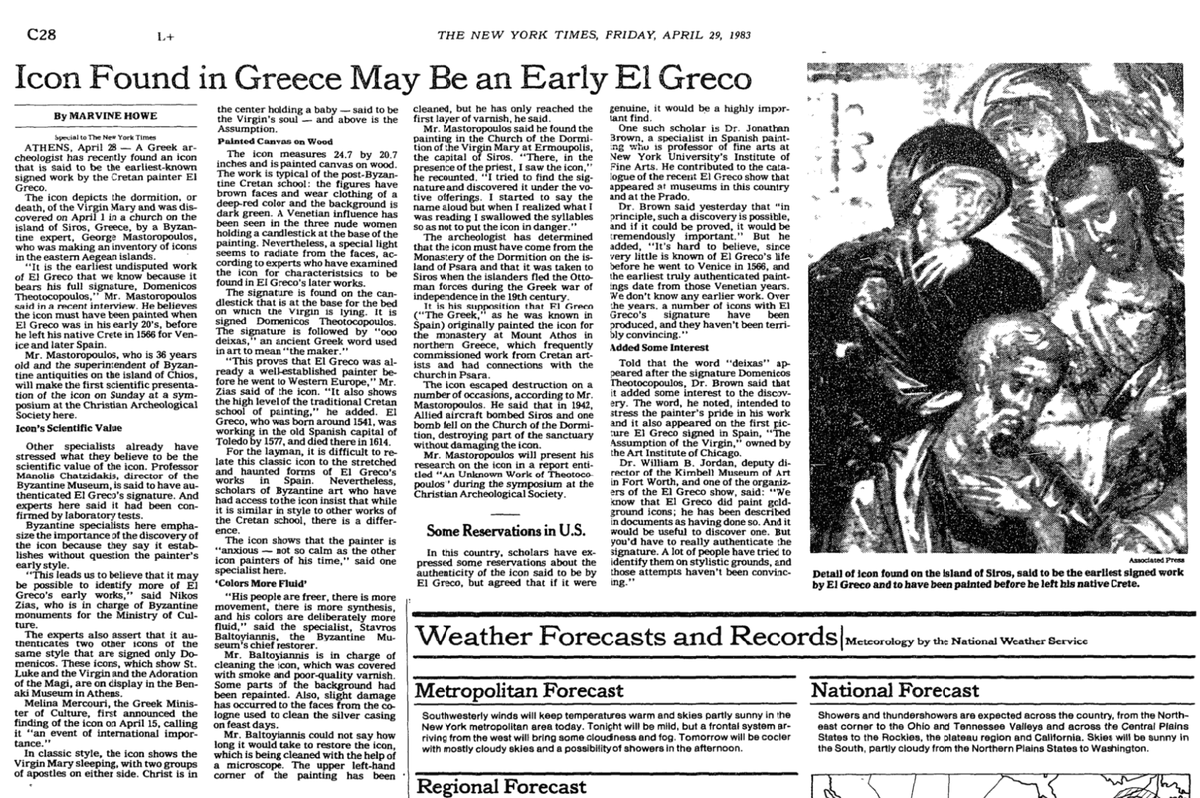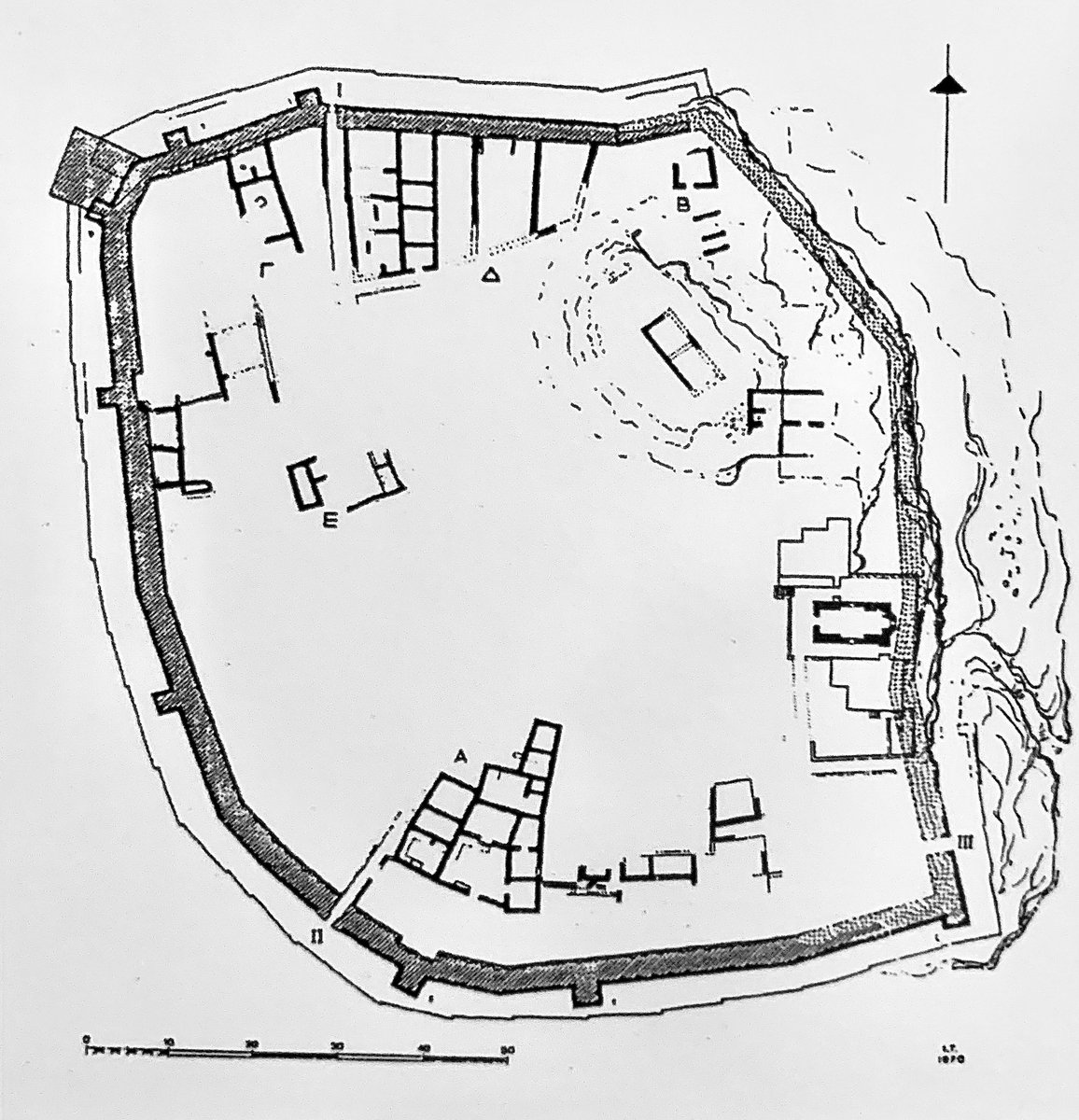After two weeks of exploring Kythnos, I’ve become very fond of this little island in the middle of the Aegean!
From beautiful beaches to friendly villages, Kythnos has a lot to offer. Let’s explore its history with a #thread of some amazing sites!
🇬🇷🏝
#greece #archaeology
From beautiful beaches to friendly villages, Kythnos has a lot to offer. Let’s explore its history with a #thread of some amazing sites!
🇬🇷🏝
#greece #archaeology
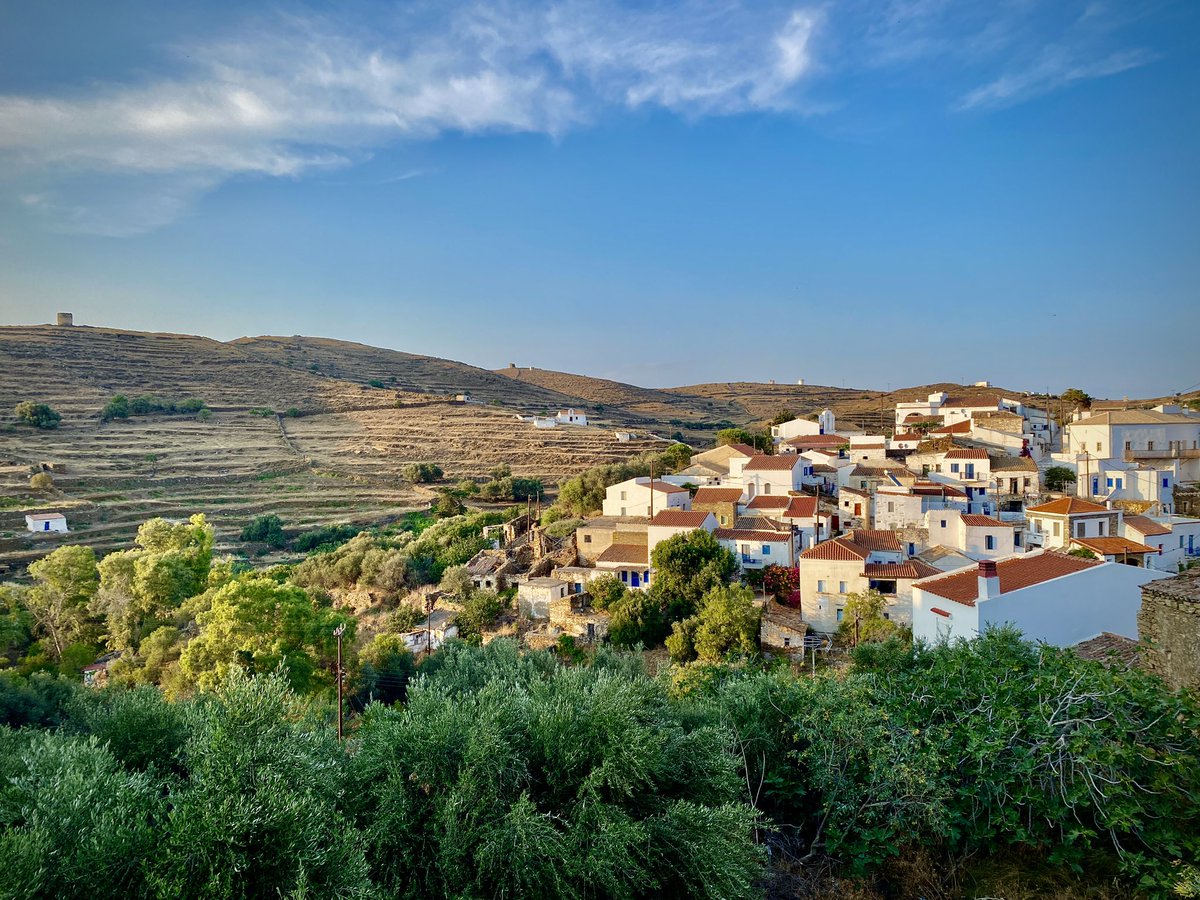
2/ The history of Kythnos begins on this little promontory, over 10,000 years ago!
Excavations here at Maroulas have revealed one of the only Mesolithic settlements in the Aegean, some of the earliest human activity in the whole region!
Excavations here at Maroulas have revealed one of the only Mesolithic settlements in the Aegean, some of the earliest human activity in the whole region!
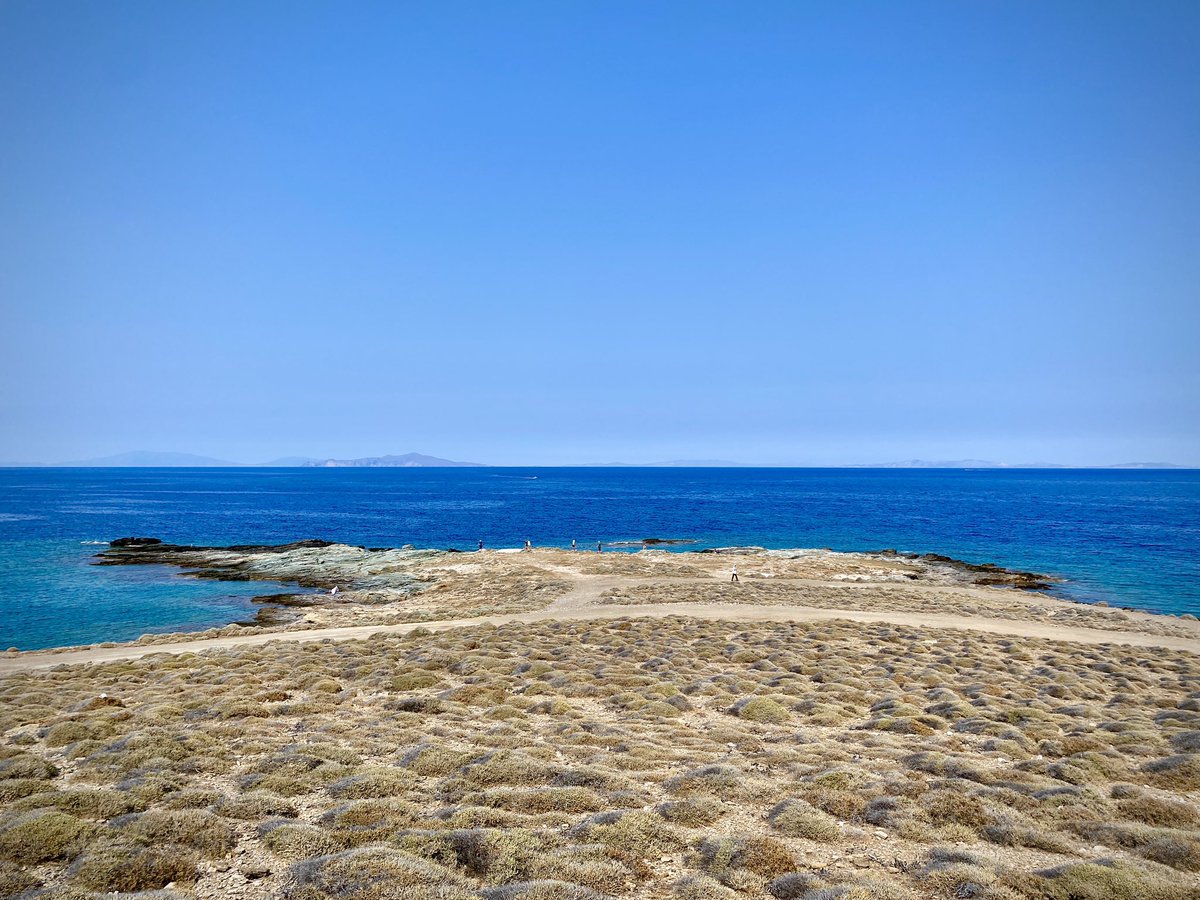
3/ The dwellings, burials, ancient garbage found at Maroulas tell us that the earliest inhabitants of the island lived well on the island, eating plenty of fresh fish!
Taking a walk around the site today reveals plenty of obsidian & quartz for tool production.
Taking a walk around the site today reveals plenty of obsidian & quartz for tool production.
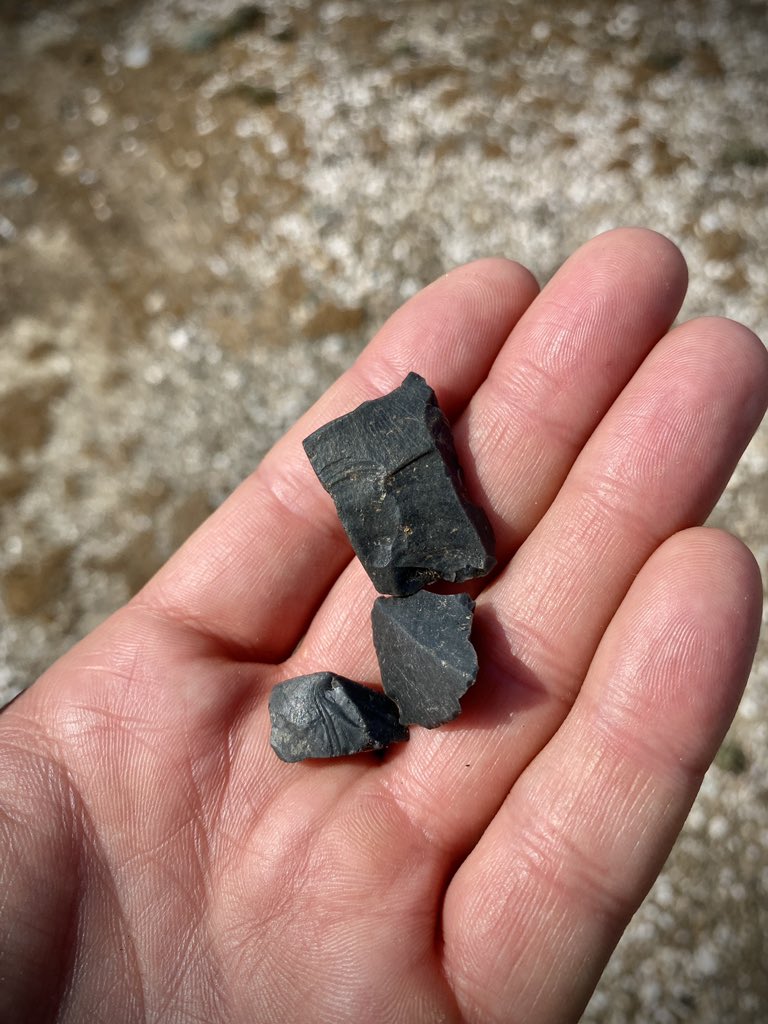
4/ While Kythnos was not a major center of the Cycladic civilization it boasts some of the earliest copper production in the Aegean!
A visit to the highest point in the island, Profitis Ilias, brings you face to face with some of these early mines!
A visit to the highest point in the island, Profitis Ilias, brings you face to face with some of these early mines!

5/ Unlike nearby Kea, Kythnos seems to have had little activity in the Middle & Late Bronze.
By the Archaic Period, occupation centered at the ancient city of Vriokastro. Recent excavations have shown this to be an incredible site, worthy of its own thread later this weekend!
By the Archaic Period, occupation centered at the ancient city of Vriokastro. Recent excavations have shown this to be an incredible site, worthy of its own thread later this weekend!
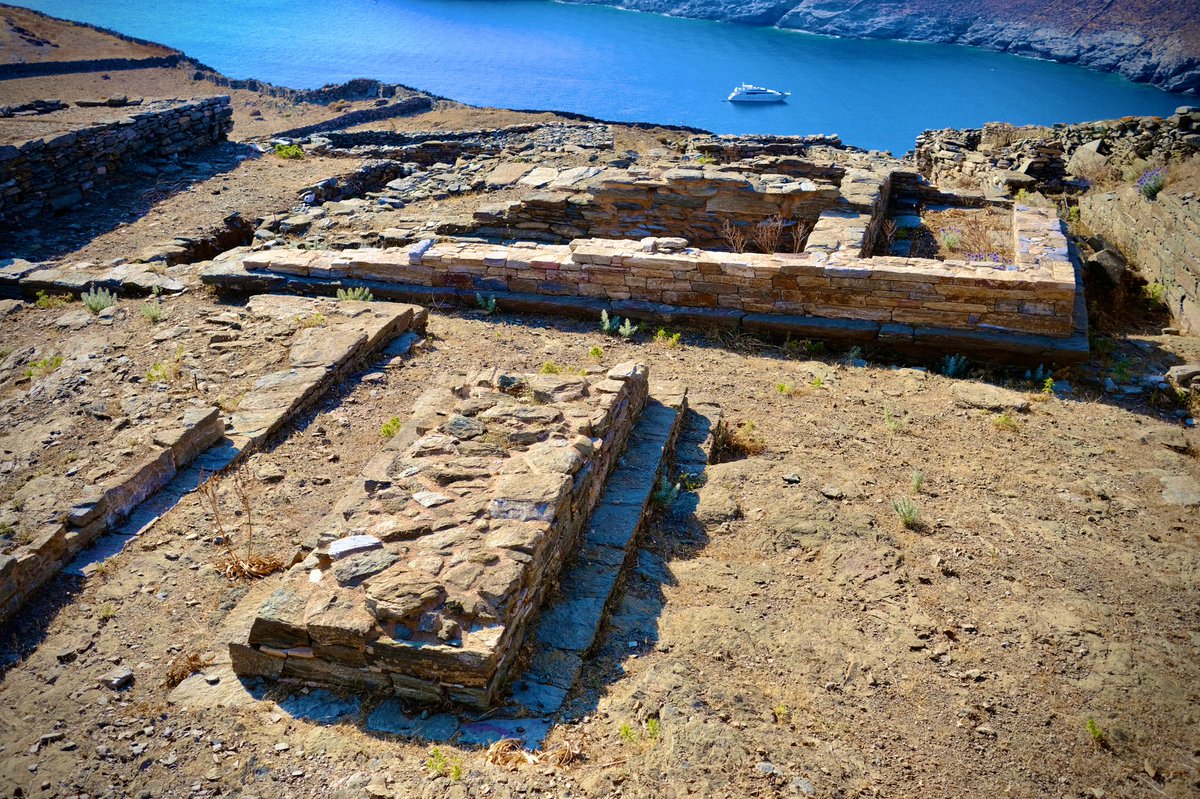
6/ The city prospered for about a millenium, from the Geometric period until the Romans came into control of the Cyclades.
It’s inhabitants participated in some of the most important events of the ancient Greek world, like the Battle of Salamis during the Persian War.
It’s inhabitants participated in some of the most important events of the ancient Greek world, like the Battle of Salamis during the Persian War.
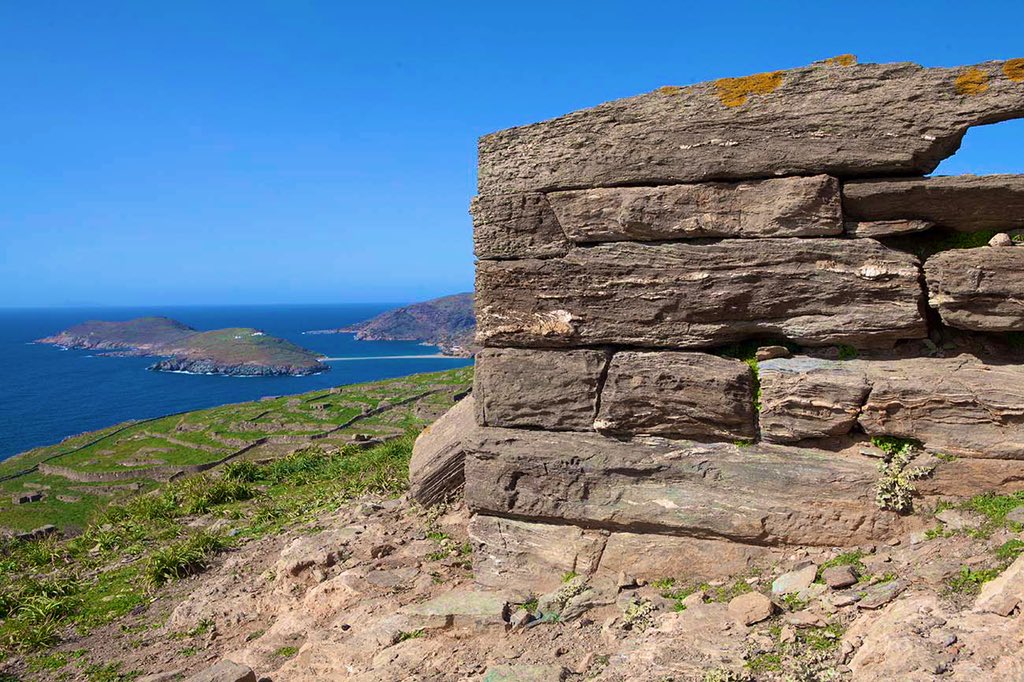
7/ Like many Aegean islands, pirate raids and other factors caused cities on the coast to be abandoned in favor of more defensible sites on cliffs or in the mountains.
In the 7th century, life on Kythnos shifted to the incredible site of Oria on the north of the island!
In the 7th century, life on Kythnos shifted to the incredible site of Oria on the north of the island!
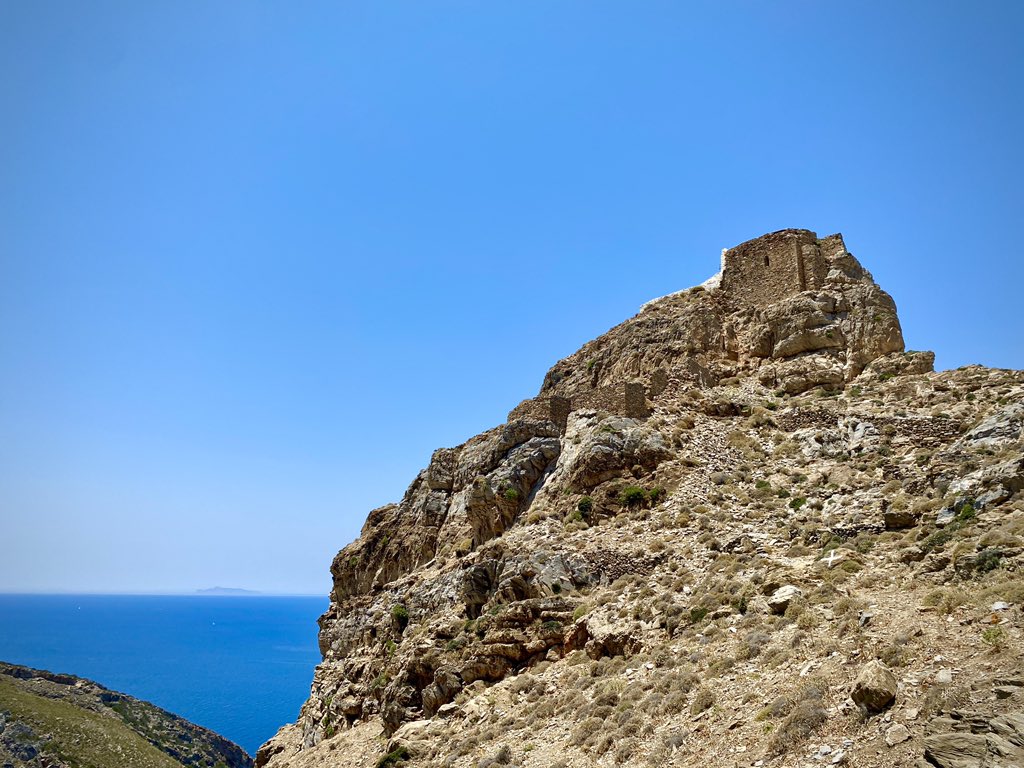
8/ Oria remained the capital of Kythnos when the island came under Venetian control after the 4th Crusade.
The island’s new rulers transformed the site into a living castle, with a small dense urban footprint & 19(!) churches. One even preserves some incredible 14th c. frescoes!
The island’s new rulers transformed the site into a living castle, with a small dense urban footprint & 19(!) churches. One even preserves some incredible 14th c. frescoes!
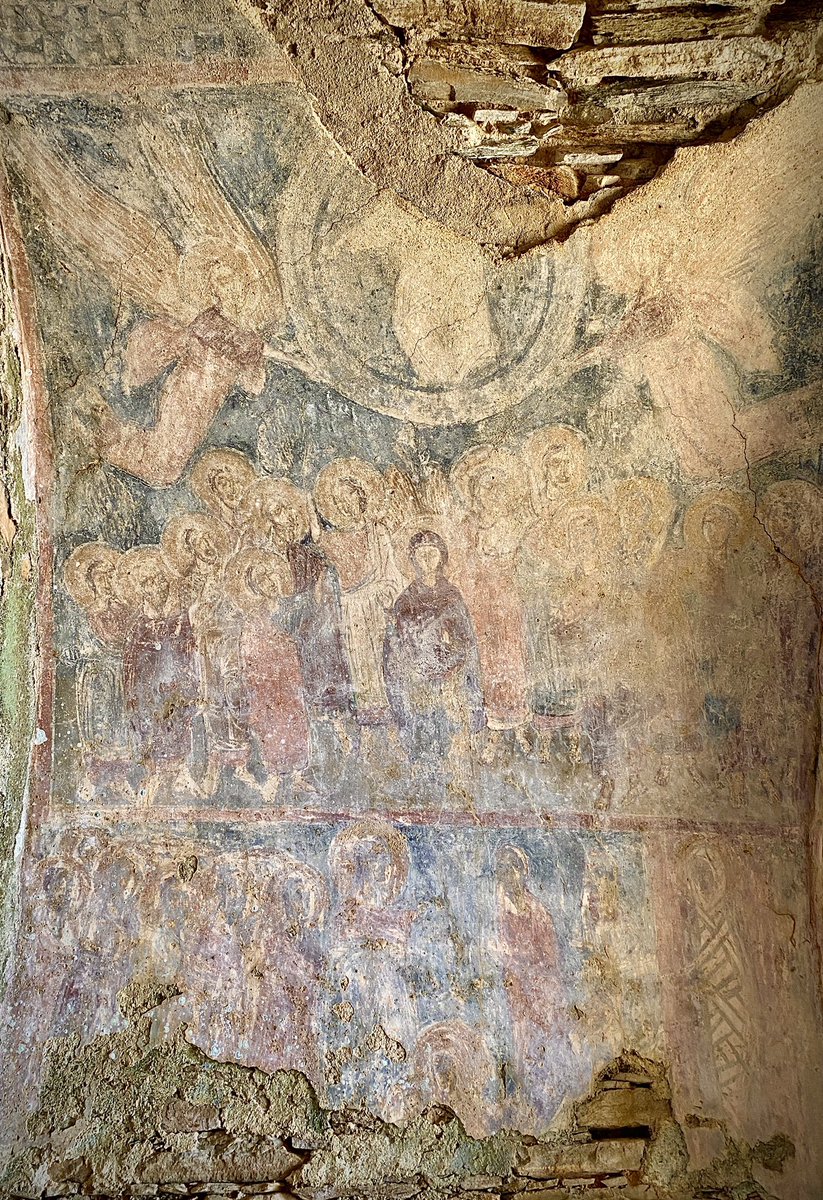
9/ Hundreds of churches are still found across the landscape of Kythnos, dotting the islands terraced agricultural landscape.
The most important is found in the small village of Panagia Kanala, where we’re staying for #SCIP2021, featuring a masterpiece icon by Skordilis!
The most important is found in the small village of Panagia Kanala, where we’re staying for #SCIP2021, featuring a masterpiece icon by Skordilis!
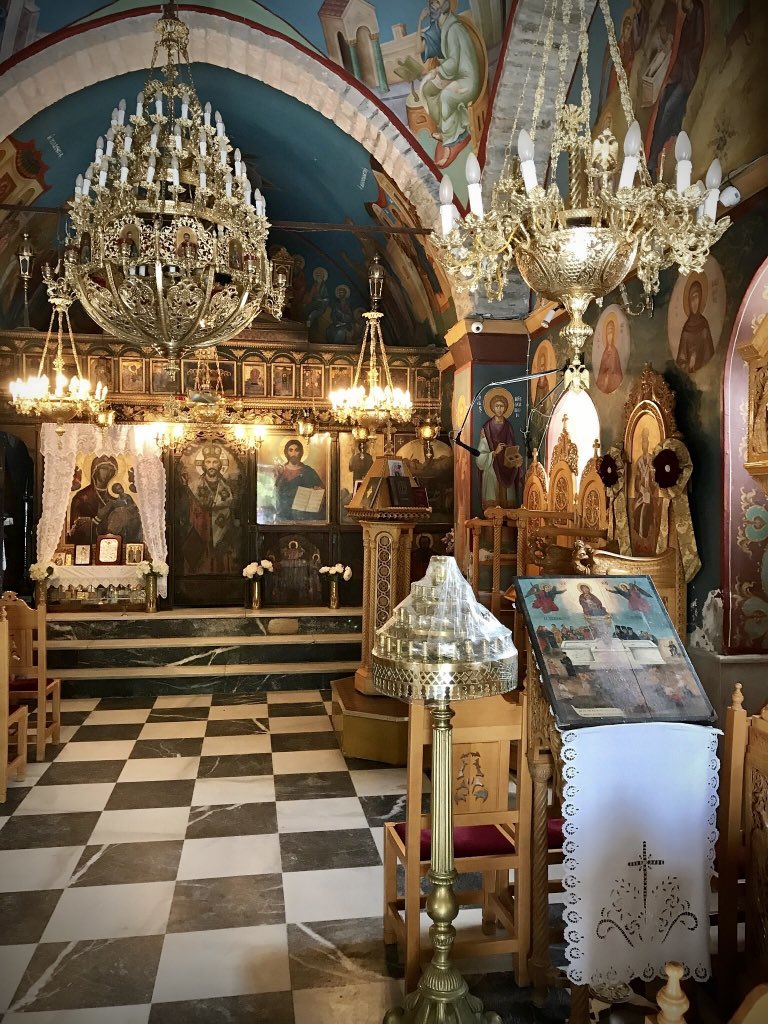
10/ Today, life has shifted to the two main villages of the island, the port, & the dozens of beautiful beaches that dot the coastline of Kythnos.
How does our research on the Small Cycladic Islands Project impact this history? You’ll have to follow our progress to find out!
How does our research on the Small Cycladic Islands Project impact this history? You’ll have to follow our progress to find out!

• • •
Missing some Tweet in this thread? You can try to
force a refresh










